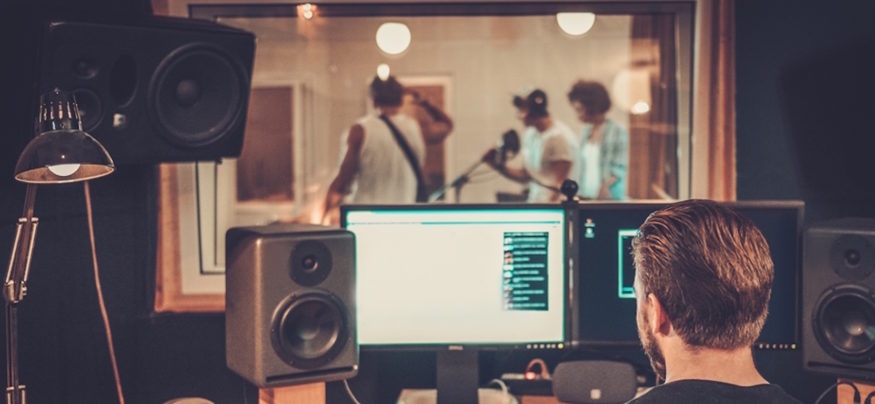In 2011, Ronnie Patania, digital arts program specialist with the City of San Jose, created a music studio setup at the Seven Trees Community Center to provide local youth with creative activities intended to provide expressive alternatives to street culture and put them on track for higher education and professional careers. Over the last five years, the multimedia and digital arts program has expanded to four community centers, catering primarily to gang-impacted, at-risk youth. The program, which offers both year-round programming and summer camps, has helped participants create commercial recordings, such as a CD created by and for young people, and films that have been featured in the San Jose International Short Film Festival, as well as marketing pieces for the City of San Jose Parks, Recreation and Neighborhood Services.
Increasing Music and Video Production With Samsung SSD
The original computer used for the music studio was aging, so Patania turned to system integrator Sean Bryson of BullDogg CPU to source a new system. The initial system was designed for music production, and featured an i7-4790K, 32 GB of RAM, integrated 4,000 graphics, and included two Samsung 850 EVO 250 GB SSDs and a 500 GB drive. The team saw the benefits of the studio’s new system right away — it was quieter and booted up much more quickly. While the old system took 73 seconds to get to the desktop, the new one took only 25 seconds. The PreSonus Studio One music production application took 23–25 seconds to open with the old system, but only 8 seconds with the new one. The efficiency of exporting tracks was also increased, cutting the time to create audio files in half and allowing Patania to increase the frequency of recording sessions from one per day to three to five.
The system worked so well that the digital arts program turned to BullDogg CPU to create two more systems, this time aimed at video production as well as audio. The two video systems included high-end graphics, Thunderbolt connectivity for external storage, liquid cooling and Samsung 850 EVO 1 TB SSDs. According to Patania, the SSDs in these video rendering systems provide fluid action while scrubbing through video — especially with 4K video — and also run cooler and make less noise. The sample library for virtual instruments loads two to three times faster, and music apps and plug-ins also load faster. While a 5–10 second decrease in delay may not sound like a big deal, it not only makes the production process more seamless, but also helps hold the attention of the young people making the records. Additionally, sequences that switch from one plug-in to another have virtually no transition time now, which has improved the creative process.
Success With the Adobe Youth Voices Program
The Seven Trees Community Center and Roosevelt Community Center in San Jose initially partnered with Adobe through the Adobe Youth Voices program using Adobe licenses, additional equipment from Create TV and financial aid that helped cover personnel expenses for the first three years, along with infrastructure and operating funds provided by the City of San Jose’s Parks, Recreation and Neighborhood Services. The program not only released an album created by the young participants, but also taught them about the production and marketing of music and videos — skills that will be useful in years to come. In fact, San Jose’s Digital Arts Program’s music video won first place out of over 1,300 submissions from around the world in the Third Annual Adobe Youth Voices Awards, illustrating the power of digital media to truly make a difference in local communities.
The performance gains of Samsung SSDs are also making waves in the fashion world. Find out how Breezy Excursion is using Samsung SSDs to improve their workplace efficiency.







